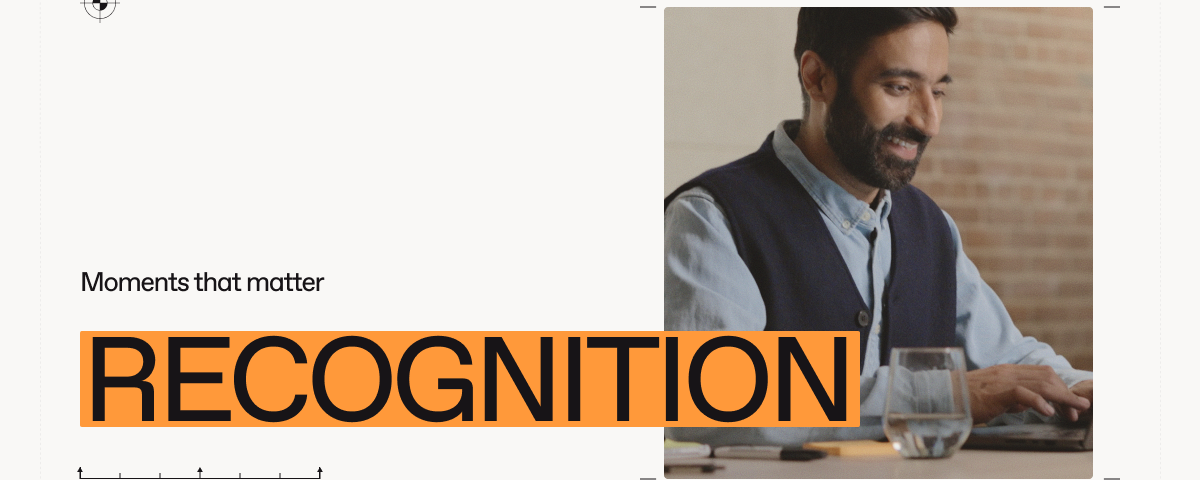- Have any questions?
- 888-432-8878
- steve@sebackground.com

Apple Announces Job Cuts in Its Digital Services Group
August 29, 2024
Fred Meyer Employees Strike Against Unfair Labor Practices
August 30, 2024Imagine starting your workday with a surprise celebration from your team: a banner at your desk, cheerful congratulations, and heartfelt messages acknowledging your dedication and hard work. How would that affect your motivation and sense of belonging? This is the power of strategic recognition — a seemingly small gesture with profound impacts on morale and engagement.
And this isn’t just theoretical. Research shows that 37% of employees consider recognition the most crucial factor their manager or company can offer to inspire great work.
The strategic importance of employee recognition
Organizations often overlook employee recognition as one of the most straightforward strategies to leverage their workforce’s potential. Research by the Brandon Hall Group revealed that companies prioritizing recognition multiple times per month are 41% more likely to see increased employee retention and 34% more likely to see increased employee engagement. Josh Bersin’s study found that companies with a “recognition-rich culture” significantly outperform others, with the top 20% having a 31% lower voluntary turnover rate. Additionally, 75% of Workleap Officevibe respondents agree that they will be recognized if they do great work. Pair this with the fact that 92% of employees are likely to repeat a specific action if given recognition, and you have a recipe for steady high performance.
Types of recognition and their impact
When recognizing employees, it’s helpful to understand the different types of recognition and their distinct impact.
Big milestones vs. Small wins
- Big milestones: Recognizing significant achievements such as promotions, work anniversaries, and major project completions boosts morale, fosters loyalty, and motivates employees to strive for continued success.
- Small wins: Acknowledging everyday achievements like meeting tight deadlines or resolving customer issues creates a culture of continuous appreciation and positivity.
Peer-to-peer vs. Top-down recognition
- Peer-to-peer recognition: Encourages camaraderie and mutual respect within the team, creating an inclusive and supportive work environment.
- Top-down recognition: Validates an employee’s hard work and contributions from a higher authority, increasing motivation and engagement.
Top 3 benefits of a well-run recognition program

Effective recognition in the workplace goes beyond simple appreciation; it enhances overall organizational performance in three prominent ways:
1. Engagement: Recognition increases employees’ emotional and mental investment in their work, leading to higher levels of creativity, commitment, and job satisfaction.
2. Productivity: Appreciated employees are likelier to maintain high-performance levels. Recognition reinforces positive behaviors, improving efficiency and project outcomes.
3. Retention: Regular recognition builds loyalty and a sense of belonging, reducing turnover rates and retaining top talent.
Examples of companies that improved engagement with recognition
Software company Typeform’s Spontaneous Applause playbook encourages employees to clap for a colleague’s job well done, prompting the entire office to join in. This practice helps keep the work environment humble and supportive.
Biopharmaceutical company Merck has established a global recognition program called INSPIRE that allows employees to celebrate each other through appreciation messages, points, and cash rewards, fostering a culture of recognition and appreciation.
Data-platform company Aunalytics introduced Workleap Officevibe into its recognition program, significantly increasing employee engagement. The Good Vibes feature allowed team members to publicly acknowledge each other’s contributions, fostering a culture of continuous appreciation.
How HR leaders can implement effective recognition programs
HR leaders play a pivotal role in fostering a recognition culture. Key actions include:
- Creating programs: Develop structured programs outlining recognition methods and achievements.
- Educating and training: Provide managers and employees with training on giving meaningful recognition.
- Promoting consistency: Embed recognition into daily operations to ensure routine practice.
- Tracking and measuring: Use data to track and improve recognition practices.
- Leading by example: Actively participate in and model recognition behaviors.
- Empowering managers: Provide managers with resources and autonomy for effective recognition.
Tips on how to give meaningful recognition: Best practices to share with your teams
Creating a balanced recognition program involves meaningfully celebrating wins across your organization. Here are some best practices to support a culture of recognition throughout the workplace.
1. Learn preferences: Understand how each employee prefers to receive recognition. Some may enjoy public praise, while others prefer private acknowledgments.
2. Be sincere and specific: Clearly state what impressed you and connect it to the employee’s goals. Highlight specific actions and how they reflect the employee’s strengths.
3. Make it timely: Recognize achievements as they happen. Timely recognition shows you value ongoing efforts.
4. Highlight the impact: Show how employees’ work contributes to broader goals. Use metrics, client feedback, or colleague comments to back up your recognition.
5. Center around shared values: Recognize behaviors that align with team values to reinforce a cohesive and values-driven team culture.
From recognition to results
Incorporating recognition into your organizational culture is not just about boosting morale — it’s a strategic move that can significantly enhance employee engagement, productivity, and retention. Tools like Workleap Officevibe’s Good Vibes can transform your recognition program, making it more genuine and effective. Start recognizing your employees today and see the positive impact on your team’s motivation and engagement
The post Sure Ways To Drive Engagement With Strategic Recognition appeared first on The HR Digest.
Source: New feed





